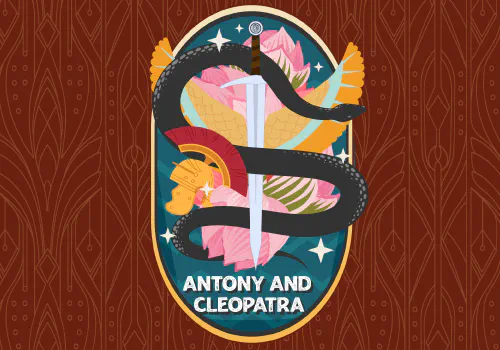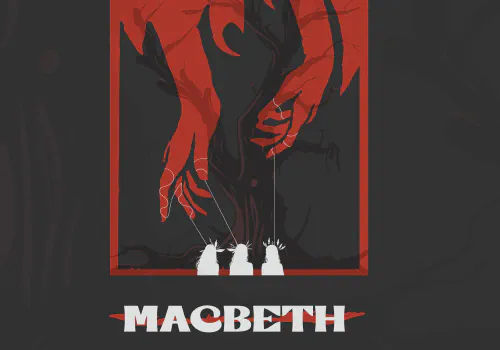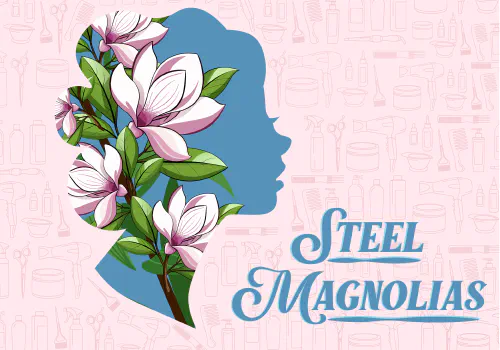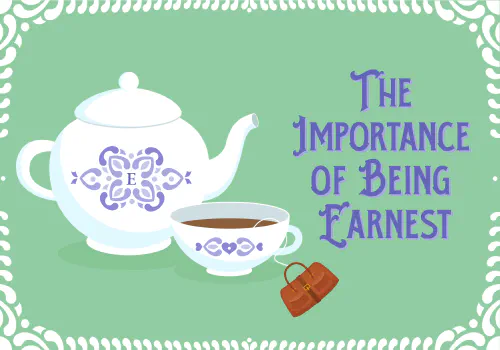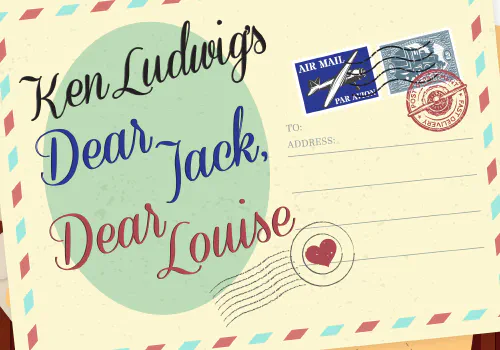OBJECTIVE
Students will demonstrate the ability to use highlight and shadow to bring depth, interest, and realism to faux texture items.
UTAH CORE STANDARDS
Theatre
Standard L3.T.CR.2: Create and implement a major design element for a main stage production.
Standard L3.T.CR.3: Develop and synthesize original ideas in a drama/theatre work utilizing critical analysis, historical and cultural context, research, and Western or non-Western theatre traditions.
Standard L3.T.R.7: Analyze and evaluate why artistic choices are made in a drama/ theatre work.
Visual Arts
Standard L1.V.CR.1: Use multiple approaches to begin creative endeavors.
Life Skills
Creativity, Critical Thinking
INTENDED AUDIENCE
9th-12th grades
TIME
60 minutes
MATERIALS
- Painted and textured boards from lesson 1
- Dark glaze base
- White paint
- Paint brushes
- Cloth or rags to remove glaze
- Advanced Texture Video
OUTLINE
Now that your panels have been prepared it’s time to add dimension to them. This activity has students learning how to manipulate light and shadow to create more defined texture on stage items.
-
**WARMUP GAME - STATUS ENTRANCES (10 minutes)**In this game, students will take turns entering a room and walking around with a certain status. This exercise will help students see what attributes in their performance is essential for the audience to identify who they are playing. The same is applied to props and characters. Adding texture or emphasis to a costume or prop will help draw attention to it (or the actor wearing it) and help inform the audience of its importance.
Students form a line across the back of the room. Each actor will enter the playing area with an obvious status choice (Queen, peasant, cheerleader, nerd, executive, pizza delivery, etc.). Have the other students shout out who the actor is imitating. Once they have guessed it the actor will join the line and the next student will walk through the space. Depending on class size you may encourage students to try both a high and a low status character at least once.
-
VIDEO (18 minutes)Ben Hohman (Resident Props Master at USF) teaches advanced texture techniques
-
**ACTIVITY (32 minutes)**Students will create texture using paint to create the image of highlight and shadow on their texture boards created in Lesson 1: Texture–Beginning.
- Paint the glaze onto the panel with the lighter texture. Be generous with the application and take care to get the glaze into the deepest parts of the texture. This is where you want it most.
- With a cloth or rag, wipe off the glaze. The glaze will stay in the pockets of the texture. Students will immediately see a change in the depth of their work.
- If too much glaze is wiped off, reapply, and wipe off the excess more lightly the second time.
- Repeat steps 1-3 on the heavier textured panel. This one will need even more emphasis on getting the glaze deep into the crevices of the texture.
- Allow them to dry.
- Take a new paint brush and dip it into the white paint. Get as much excess off as possible. It may be helpful to brush a few strokes on a piece of scrap wood. Do not put too much white paint in your brush!
- Almost horizontally to your textured panel, run the white brush over the texture. The white should grab just the very tops of the texture. This will create a highlight look and make the texture even more pronounced.
- Stand back and observe your work. Does any place need more shadow? Does any place need more highlights? Apply more as needed.
- If a student finishes early, they may apply the same techniques to their Royal Orb or Decorative Panel from the previous lesson. This may spark another conversation about what the texture does to the look of the quality, age, or amount of use of the prop.
ASSESSMENT
Students will be able to show they have applied the texture techniques taught in class. They will have physical evidence they have learned the technique. Have them explain how adding the highlight and shadow has affected or changed the way the texture is perceived. Is there a time when texture may be too much? What is an example of when you might choose to take away or diminish texture?



